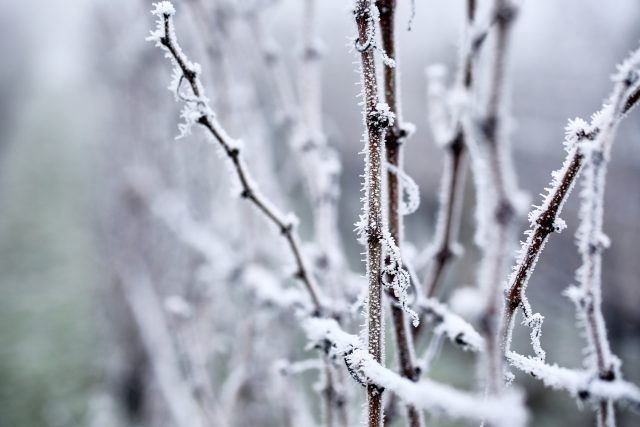本网站使用 Cookie,以便为您提供最佳的用户体验。Cookie 信息存储在您的浏览器中,其功能包括在您再次访问我们的网站时识别您的身份,以及帮助我们的团队了解您对网站的哪些部分最感兴趣和最有用。
在英国葡萄园部署防霜冻计划
一个改善英国葡萄园霜冻管理的项目已从环境、食品和农村事务部(DEFRA)获得了30万英镑。

由于气候变化导致葡萄藤提前发芽,春季突然霜冻破坏芽并大幅减产的风险是蓬勃发展的英国葡萄酒行业的种植者特别关注的问题。这也是一个问题,因为英国种植最广泛的两个葡萄品种,霞多丽和黑皮诺(合计占该国葡萄种植面积的60%)都是早期萌芽者,这使得它们在春季特别容易受到零度以下温度的影响。
2021年份对生产者来说是一个挑战,霜冻是严重影响产量的一个因素(当然不是2023年创纪录的收成的问题)。
为了解决这一日益严重的问题,第一步是确定霜冻将在何时何地发生。
该项目由Innovate UK提供,名为“葡萄园霜冻风险的智能预测,沟通和管理”,将持续两年。
农业部长马克·斯宾塞(Mark Spencer)议员告诉 饮料行业:“政府2.7亿英镑的农业创新计划正在确保农民和种植者能够获得最新技术,以帮助他们提高生产力,改善粮食安全并推动创新。
“我很高兴这个项目正在利用其在最新一轮1220万英镑融资中的份额来开发创新的新技术,这将帮助葡萄园经理改善他们对霜冻的反应,并增强英国葡萄酒行业的长期弹性,”斯宾塞补充道。
由制造商Terraprima开发的传感器将用于实时评估霜冻风险,并通过应用程序向葡萄种植者的移动设备提供霜冻警报。
该项目的负责人之一Agri-Epi Centre的农业技术工程主管Eliot Dixon表示,它将以“前所未有的精度”提供有关霜冻风险的数据:“这使用天气建模,物联网传感器和遥感的融合,创建一个强大且与商业相关的解决方案,展示了英国农业技术的精华。
这些传感器已安装在许多葡萄园中,包括萨里的Tanhurst Estate,东萨塞克斯郡的Ridgeview,西萨塞克斯郡的Dillions和牛津郡的JoJo's。参与的站点包括自愿参与该项目的网站,以及已经与项目合作伙伴合作的网站,例如Terraprima。如果成功,该项目可以更广泛地推广。
该项目的其他支持者包括贸易机构Wine GB和葡萄栽培教育机构Plumpton College。后者在东萨塞克斯郡的葡萄园也安装了传感器。
普伦普顿学院院长萨姆·林特(Sam Linter)说:“春季霜冻对英国的许多葡萄种植者来说是一个重大威胁,需要了解预测和管理方案。参与这样一个创新的霜冻管理项目,将不同的方法和建模系统结合在一起,让我们的学生接触到当前和发展中的技术。
“这个项目将使葡萄种植者能够更好地控制他们的霜冻管理,并希望他们的睡眠时间表,”Wine GB会员参与经理Phoebe French补充道。
在凉爽的气候下,霜冻会破坏葡萄园的产量,正如勃艮第最负盛名的生产商 罗曼尼康帝酒庄(Domaine de la Romanée-Conti)在其2021年份所发现的那样。
一旦确定了霜冻警报,生产者实际上可以做什么是另一回事。虽然传统的措施是将蜡烛放在葡萄藤旁边,让它们保持温暖,但这既昂贵又费力。
在夏布利,一个对春天突然的寒流并不陌生的地区,今天首选的方法是穿过葡萄藤的加热电线,以及为葡萄园通风的风车,搅动冷空气和暖空气, 正如 饮料企业 在采访夏布利委员会主席保罗·埃斯皮塔利时发现的那样。

